Optimal Timing for Fireplace Paint Removal
Determining the optimal time for fireplace paint removals depends on seasonal weather conditions and indoor climate control. Typically, the best periods are during moderate temperatures and low humidity to ensure safe and effective paint removal processes.
Spring and fall often provide ideal weather for paint removal, with milder temperatures and lower humidity levels.
Choosing a time when indoor humidity and temperature are controlled helps prevent issues like paint fumes spreading or improper removal.
Scheduling during periods of low occupancy minimizes disruption and allows for proper ventilation during removal.
Avoid periods of extreme cold or heat, which can complicate paint removal and affect safety.

Ways to make Fireplace Paint Removals work in tight or awkward layouts.
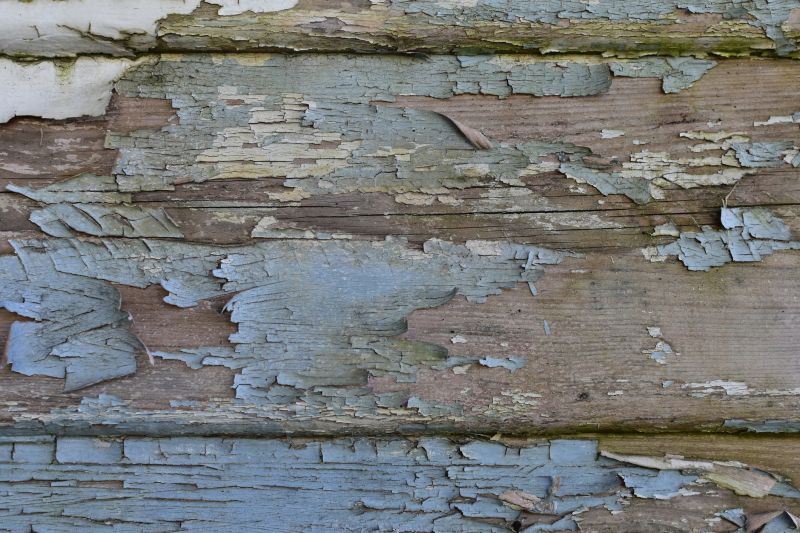
Popular materials for Fireplace Paint Removals and why they hold up over time.

Simple add-ons that improve Fireplace Paint Removals without blowing the budget.
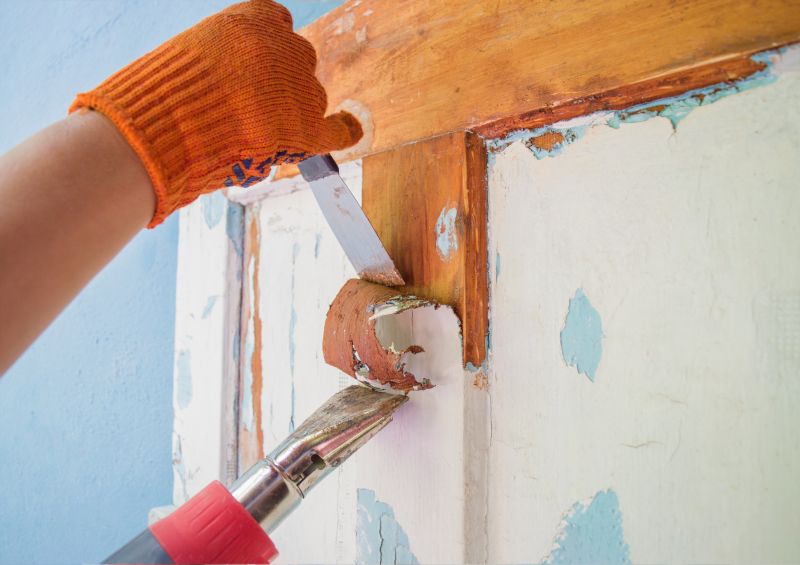
High-end options that actually feel worth it for Fireplace Paint Removals.
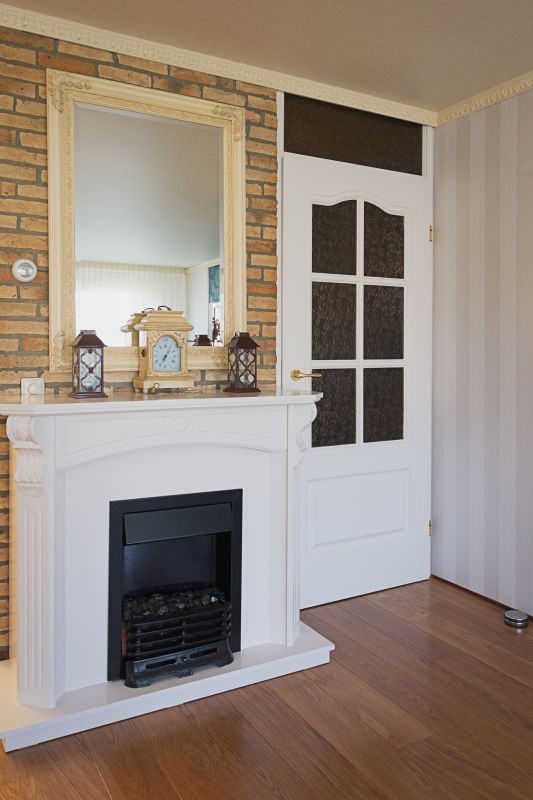
Finishes and colors that play nicely with Fireplace Paint Removals.

Little measurements that prevent headaches on Fireplace Paint Removals day.
Fireplace paint removal is a specialized process that involves stripping old or damaged paint from fireplace surfaces to prepare for refinishing. It is essential to choose the right timing to ensure safety, efficiency, and quality results. Proper planning considers weather conditions, indoor climate, and project schedules to minimize risks and maximize effectiveness.
Statistics indicate that scheduling paint removal during moderate weather can reduce project duration by up to 30%. Additionally, controlling indoor humidity levels during removal helps prevent paint fumes from dispersing and ensures safer working conditions. The process typically involves chemical or mechanical methods tailored to the type of paint and surface involved.
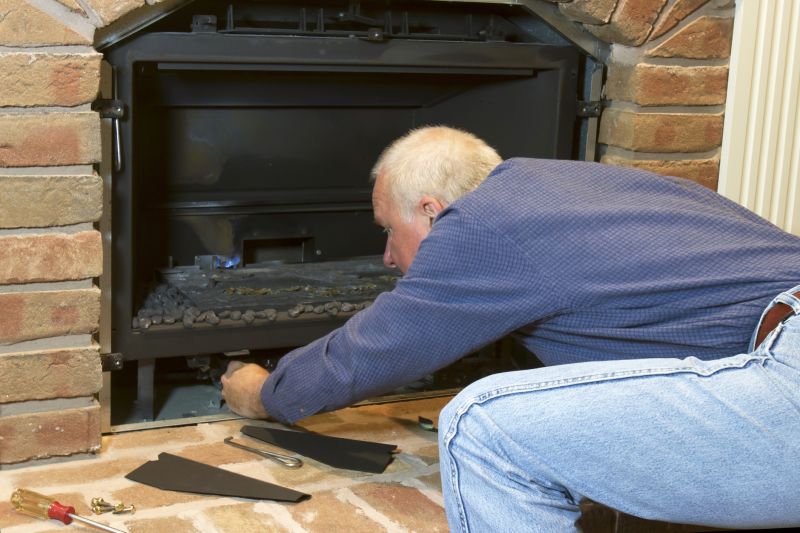
A 60-second routine that keeps Fireplace Paint Removals looking new.
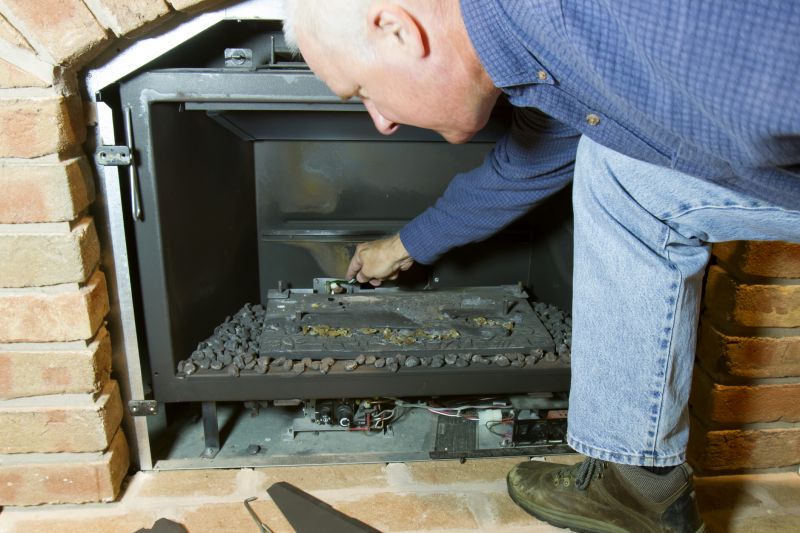
A frequent mistake in Fireplace Paint Removals and how to dodge it.
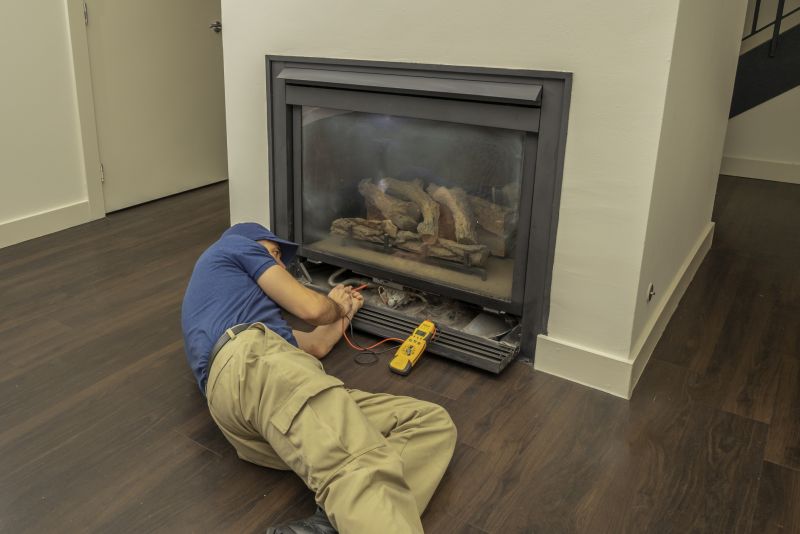
Small tweaks to make Fireplace Paint Removals safer and easier to use.
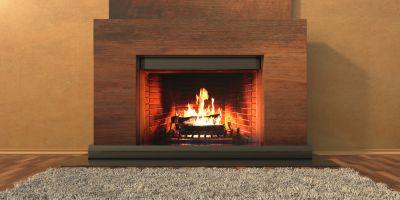
Lower-waste or water-saving choices for Fireplace Paint Removals.

The short, realistic tool list for quality Fireplace Paint Removals.
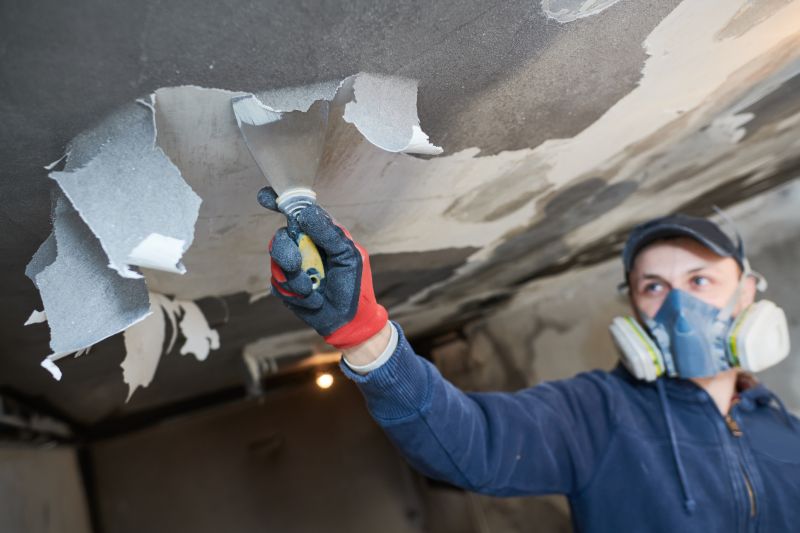
Rough timing from prep to clean-up for Fireplace Paint Removals.

Quick checks and paperwork to keep after Fireplace Paint Removals.
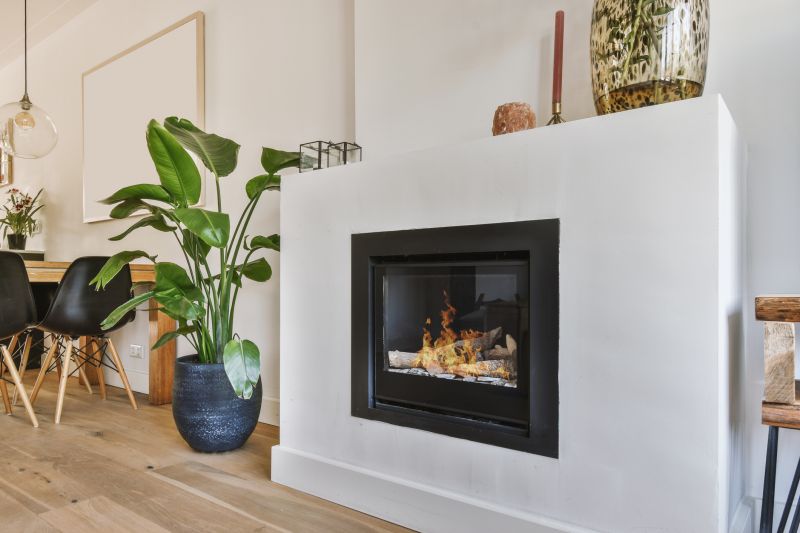
Examples that show the impact a good Fireplace Paint Removals can make.
| Aspect | Details |
|---|---|
| Ideal Seasons | Spring and fall offer optimal conditions for paint removal. |
| Weather Factors | Moderate temperature and low humidity are preferred. |
| Indoor Conditions | Controlled indoor climate enhances safety and efficiency. |
| Project Duration | Timing can influence project length by up to 30%. |
| Safety Considerations | Avoid extreme weather to minimize risks during removal. |
| Ventilation | Proper indoor ventilation is crucial during chemical removal methods. |
| Scheduling Tips | Plan during periods of low occupancy for minimal disruption. |
| Preparation | Ensure proper equipment and safety gear are ready before starting. |
For those considering fireplace paint removals, selecting the appropriate time ensures a safer, more efficient process. Proper timing reduces risks associated with fumes, equipment operation, and surface damage. Consulting with professionals can help identify the best window based on local climate conditions and project scope.
Interested in fireplace paint removal services? Filling out the contact form can provide additional guidance and scheduling options tailored to specific needs.
